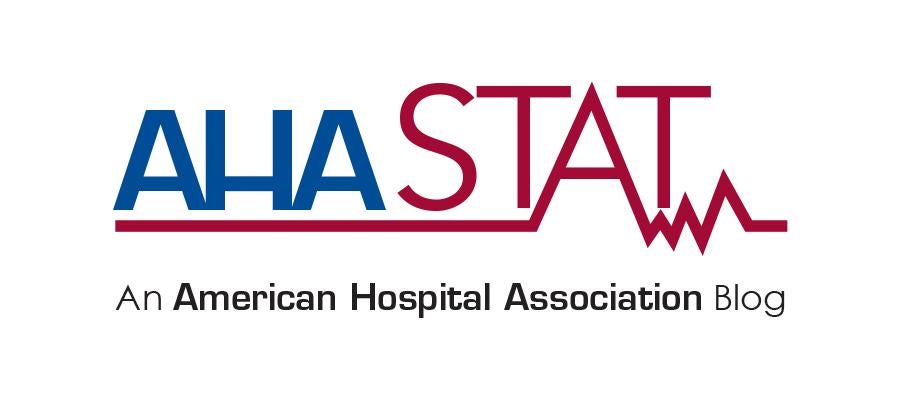AHA responds to New York Times column

A recent New York Times column relies on several seriously flawed studies to make extremely broad claims about the care hospitals and health systems provide and the role they play in their communities.
The column cites a RAND study that relied on severely limited data and questionable assumptions to draw far-reaching conclusions about the way hospitals are paid for patient care. Among its many flaws, the authors themselves pointed out that the study’s key limitation was its small sample size — less than 5% of all covered lives in about half of all states, and just 2% of the 181 million Americans with employer-sponsored insurance nationally.
Similarly, a Health Affairs study referenced in the column used data sources that represented at best 30% of the health insurance market to make sweeping conclusions about hospital prices.
However, more complete national data paint a different picture. Recent data show that hospital price growth has been slow in recent years, particularly compared to insurance prices. The Bureau of Labor Statistics released updated Consumer Price Index data showing that annual health insurance inflation hit a five-year peak of 13.7% in June 2019, while hospital prices increased just 0.5%.
In terms of total spending, hospitals’ share of total health expenditures has actually decreased over time. As a percentage of total national health expenditures, hospital care declined from 43% in 1980 to 34% in 2017. By comparison, during that same period, retail prescription drug spending, which does not include drugs administered in institutional settings, doubled as a share of total national health expenditures.
And despite the column’s assertions, hospitals and health systems have made great strides to improve quality of care. Over the past decade, hospitals and health systems significantly reduced the incidence of many hospital-acquired conditions (HACs) and healthcare-associated infections (HAIs), reduced avoidable readmissions, dramatically reduced early-elective deliveries, and improved outcomes for stroke and heart attack victims. Further, patients have reported more favorable hospital experiences.
The column goes on to assert — without evidence — that hospital costs are somehow inflated. However, it is widely acknowledged, including by the federal government itself, that both Medicare and Medicaid reimburse hospitals below the cost of care. In 2017, hospitals received 87 cents for every dollar they spent caring for Medicare and Medicaid patients. Combined underpayments from Medicare and Medicaid totaled $76.8 billion in 2017.
Hospital care requires a range of inputs such as wages, prescription drugs, food, medical instruments, utilities and professional insurance. Steep increases in input costs can undermine hospitals’ efforts to reduce the cost of care. For instance, from 2015 to 2017, total hospital drug spending increased 18.5% per adjusted admission. Hospitals experienced drug price increases in excess of 80% across certain classes of drugs, including those for anesthetics, parenteral solutions, opioid agonists and chemotherapy.
Hospitals and health systems also face challenges related to regulatory burden — an average hospital spends $7.6 million per year, or $1,200 per admission, on regulatory requirements from just four federal agencies.
In addition, some hospitals are coming together to advance clinical care and reduce costs. Mergers decrease costs due to economies of scale, reduced costs of capital and clinical standardization among other efficiencies. An empirical analysis showed a 2.5% reduction — equating to $5.8 million — in annual operating expenses at acquired hospitals.
The column questions why hospitals reinvest surplus revenue back in to the system — calling it an “extravagance.” As organizations dedicated to meeting the growing health care needs of their communities, hospitals invest in cancer clinics and improvements such as new equipment and technology to equip caregivers to better serve their patient needs.
We won’t apologize for saving lives and keeping people healthy.
Hospitals and health systems are committed to making care more affordable. As we build on our progress to promote affordability and reduce costs, we encourage other stakeholders – including the large drug and insurance companies enjoying record profits — to join us.

